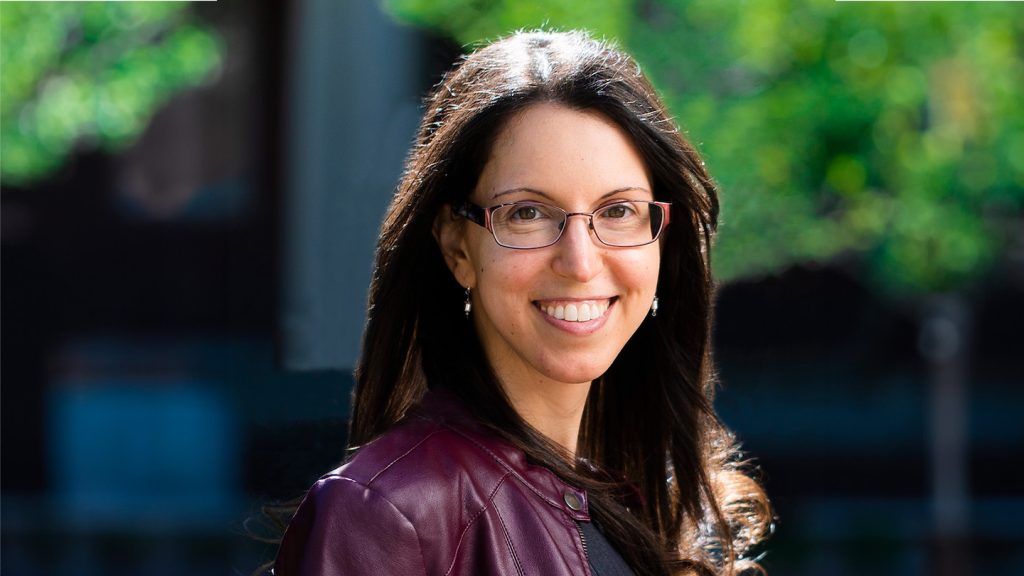Steampunk, a genre of literature and media, takes place in a fantastical realm where historical settings are combined with futuristic technology. Theoretical physicist Nicole Yunger Halpern sees a parallel between steampunk and quantum thermodynamics, her area of expertise. This field explores the exchange of heat, work, and energy in quantum systems, much like the fusion of old and new in steampunk.
Quantum thermodynamics, previously seen as an oxymoron, investigates the behavior of quantum engines and miniature devices. Researchers in this field aim to understand how heat, work, and efficiency function in quantum systems and determine the limits of performance for quantum devices. Yunger Halpern, a physicist at NIST and JCQI, is at the forefront of these efforts and has made significant contributions in exploring the implications of the uncertainty principle in thermodynamics.
Yunger Halpern’s work focuses on studying the behavior of a few quantum particles, examining how conserved quantities, like energy and water molecules, behave when they are exchanged between systems. Incompatible quantities, a concept from quantum physics, can impact a system’s behavior, offering insights into how entropy, or disorder, is regulated in quantum exchanges. These studies highlight the potential influence of incompatible quantities on a system’s experience of time’s arrow.
Laboratory demonstrations have showcased the capabilities of quantum thermodynamics, such as single-atom engines converting heat into work. Yunger Halpern aims to bring these concepts to practical use through autonomous quantum machines. Her collaborations have yielded innovations like an autonomous quantum refrigerator and criteria for creating such devices. These machines must operate automatically, maintain structural integrity, and provide output commensurate with the input required to run them.
In addition to her scientific research, Yunger Halpern is known for her popular science writing, including her book “Quantum Steampunk: The Physics of Yesterday’s Tomorrow” and her blog on Quantum Frontiers. These platforms allow her to explore creative ideas beyond the confines of traditional scientific publications. While she sets high standards for her students, she is also known for her warmth and caring nature, exemplified by thoughtful gestures like remembering a favorite ice cream brand. Her hobbies reflect a blend of quiet, old-fashioned interests with energetic, cutting-edge research, making her a rising star in the field of quantum thermodynamics.


